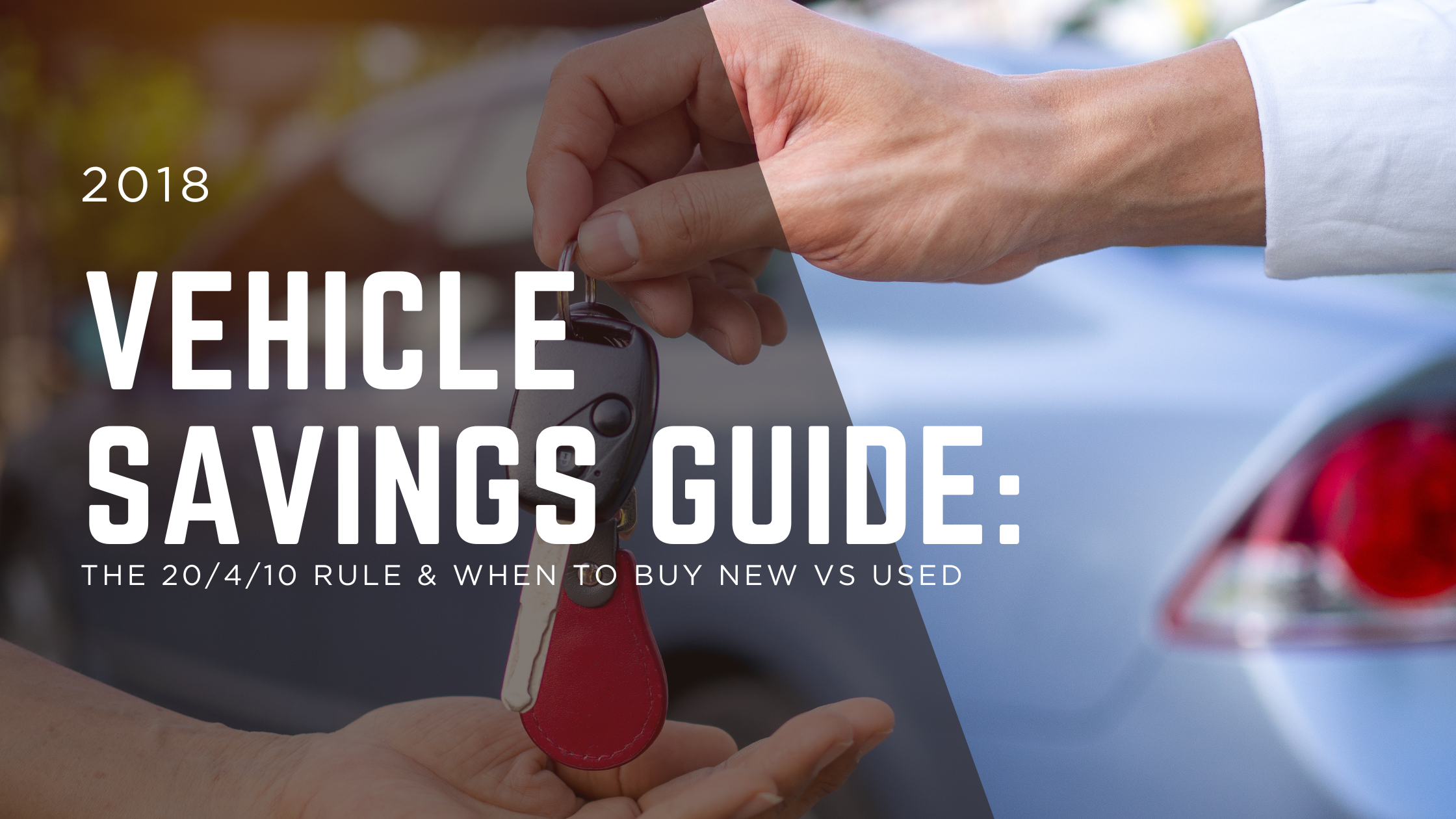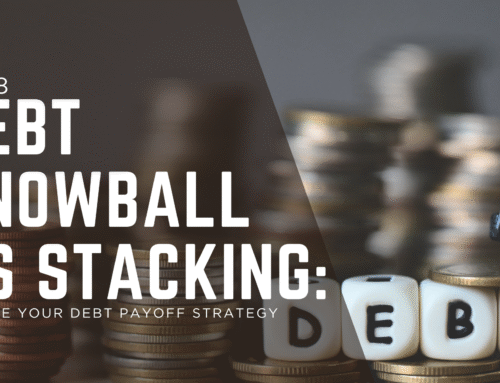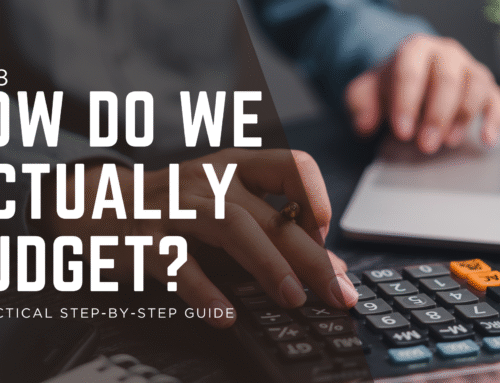
🚗 This Week: Vehicle Savings
Continuing our financial rules series, this week we explore two essential guidelines for making smart vehicle purchases that won’t break your budget.
The 20/4/10 Rule for Car Buying
20%
Down Payment
4 Years
Maximum Loan Term
10%
of Gross Income on Transportation
When buying a car, you should put down at least 20 percent. You should finance the car for no more than four years and spend no more than ten percent of your gross income on transportation costs.
📊 Example Calculation
Gross Income: $60,000/year ($5,000/month)
Maximum Monthly Transportation Budget: $500 (10% of gross income)
This $500 must cover: car payment + insurance + gas + maintenance
Why the 20/4/10 Rule Works:
It keeps you from buying more vehicle than you can afford. It also takes your ongoing budget into consideration by calculating total transportation costs. These costs include not only your car payment, but also your gas and insurance, which can vary by vehicle type.
When the 20/4/10 Rule Doesn’t Work:
Depending on your situation, these numbers might not be realistic for you. For example, you may have a long, gas-guzzling commute at a low-paying job, making your transportation costs more than 10 percent. On the other hand, if you’ve got the cash, you might choose to pay for your car upfront rather than take on a loan with interest. In that case, the rule wouldn’t apply to you.
The 10-Year Rule: New vs. Used Decision
This rule has to do with the decision to buy new vs. used. If you want to maximise your car’s value, you should either buy used, or buy new and drive the car for ten years.
Why the 10-Year Rule Works:
The rule minimises your depreciation hit. If you buy a car that’s a few years old, the depreciation will have already been sucked out of the vehicle. If you buy a new car and keep it for a decade, you’ll have optimised its value and the depreciation won’t matter as much.
| Strategy | Advantages | Considerations |
|---|---|---|
| Buy Used | Lower purchase price, less depreciation, lower insurance | Potential maintenance issues, shorter remaining lifespan |
| Buy New & Keep 10+ Years | Full warranty, latest features, known maintenance history | Higher initial cost, significant first-year depreciation |
When the 10-Year Rule Doesn’t Work:
Rather than put a timeline on it, some people prefer to drive their cars into the ground, whether they’re new or used. The rule also doesn’t consider the type of car. Some cars may last well beyond ten years; some may become a financial and maintenance headache after six years. Make sure your maintenance costs are worth it once you get near the end of the car’s life.
🔧 Maintenance Cost Consideration
When a car’s annual maintenance costs approach 50% of what a new car payment would be, it’s often time to consider replacing the vehicle.
Making Your Vehicle Decision
You definitely don’t want to spend more than you can end up paying for your car. And these rules help make sure you’re on track with that. But research is important in considering all the variables as a car is a big purchase, your buying decisions are important. In shopping for a car, you’ll probably have to choose whether to buy new or used.
🔜 Coming Next Week
Stay tuned for our next post where we’ll dive deeper into the new vs. used car decision, exploring specific factors to consider including reliability, warranty coverage, and total cost of ownership.
“A wealthy person is simply someone who has learned how to make money when they’re not working.” – Robert Kiyosaki
📚 Related Content
If you’re still working on your savings plan, check out our previous posts on Financial Rules of Thumb.







